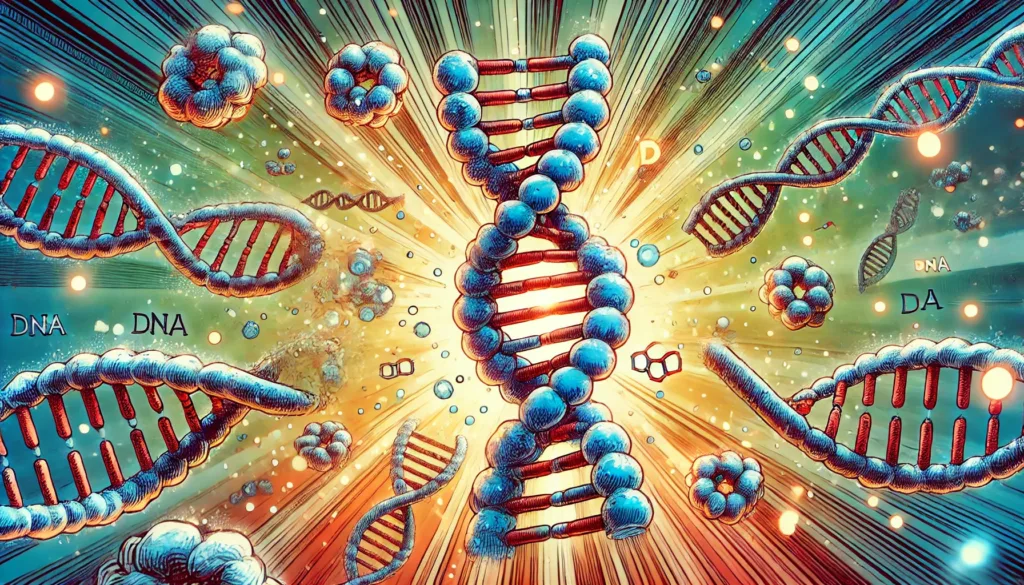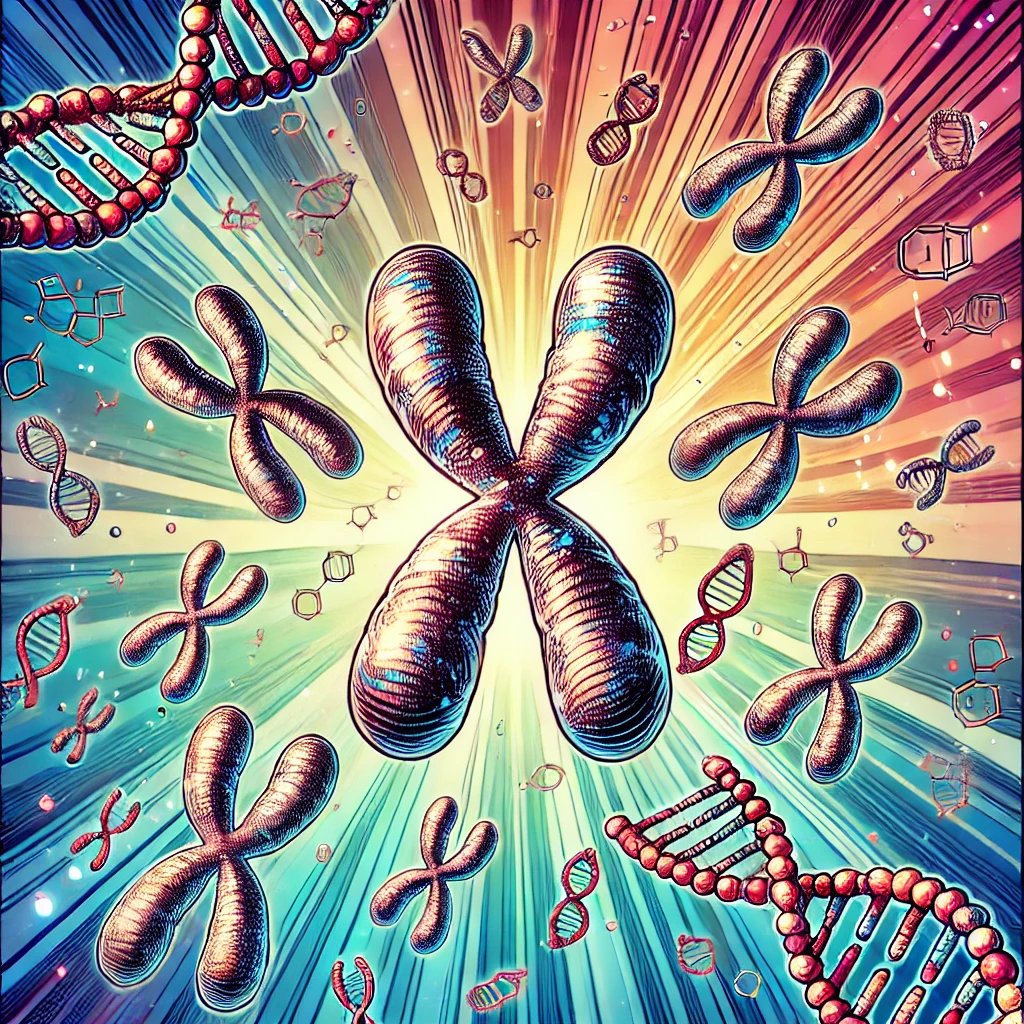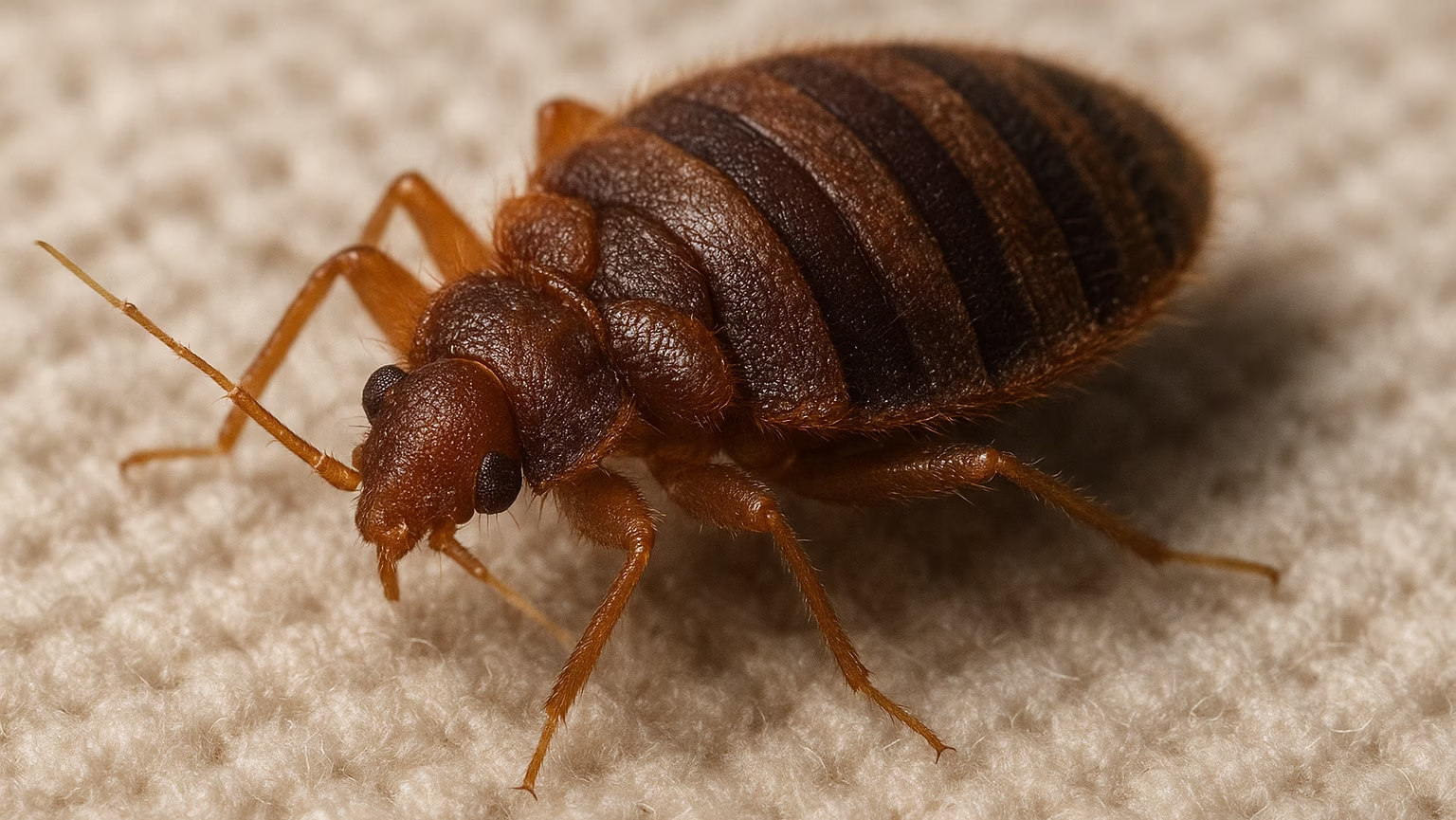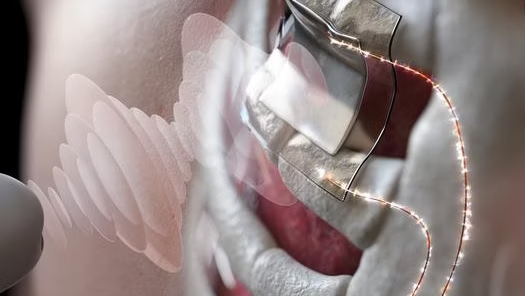Columbia University in the United States has discovered that bacteria can produce free-floating genes, potentially revolutionising our understanding of human genetics.
From Columbia University Irving Medical Center 12/08/24

NEW YORK, NY (Aug. 8, 2024) — Since the genetic code was first deciphered in the 1960s, our genes seemed like an open book.
By reading and decoding our chromosomes as linear strings of letters, like sentences in a novel, we can identify the genes in our genome and learn why changes in a gene’s code affect health.
This linear rule of life was thought to govern all forms of life—from humans down to bacteria.
But a new study by Columbia researchers shows that bacteria break that rule and can create free-floating and ephemeral genes, raising the possibility that similar genes exist outside of our own genome.
“What this discovery upends is the notion that the chromosome has the complete set of instructions that cells use to produce proteins,” says Samuel Sternberg, associate professor of biochemistry & molecular biology at the Vagelos College of Physicians and Surgeons, who led the research with Stephen Tang, an MD/PhD student at the medical school.
“We now know that, at least in bacteria, there can be other instructions not preserved in the genome that are nonetheless essential for cell survival.”
“Astonishing” and “alien biology”
The scientific reaction had already made news a few months ago when the paper first appeared as a preprint.
In a Nature News article, scientists called the discovery “alien biology,” “astonishing,” and “shocking.”
“It repeatedly left us in disbelief,” Tang says, “and we went from doubt to amazement as the mechanism gradually came into view.”
Bacteria and their viruses have been locked in battle for eons, as viruses try to inject their DNA into the bacterial genome and bacteria devise cunning methods (e.g. CRISPR) to defend themselves.
Many bacterial defense mechanisms remain unexplored but could lead to new genome editing tools.
The bacterial defense system Sternberg and Tang picked to explore is an odd one: The system involves a piece of RNA with unknown function and a reverse transcriptase, an enzyme that synthesizes DNA from an RNA template.
The most common defense systems in bacteria cut or degrade incoming viral DNA, “so we were puzzled by the idea of defending the genome by DNA synthesis,” Tang says.
Free-floating genes
To learn how the odd defense works, Tang first created a new technique to identify the DNA produced by the reverse transcriptase.
The DNA he found was long but repetitive, containing multiple copies of a short sequence within the defense system’s RNA molecule.
He then realized that this portion of the RNA molecule folds into a loop, and the reverse transcriptase travels numerous times around the loop to create the repetitive DNA.
“It’s like you were intending to photocopy a book, but the copier just started churning out the same page over and over again,” Sternberg says.
The researchers originally thought something might be wrong with their experiments, or that the enzyme was making a mistake and the DNA it created was meaningless.
“This is when Stephen did some ingenious digging and found that the DNA molecule is a fully functioning, free-floating, transient gene,” Sternberg says.
The protein coded by this gene, the researchers found, is a critical part of the bacteria’s antiviral defense system.
Viral infection triggers production of the protein (dubbed Neo by the researchers), which prevents the virus from replicating and infecting neighboring cells.

Extrachromosomal genes in humans?
If similar genes are found freely floating around in cells of higher organisms, “that would really be a game-changing discovery,” Sternberg says.
“There might be genes, or DNA sequences, that don’t reside in any of the 23 human chromosomes.”
“Maybe they’re only made in certain environments, in certain developmental or genetic contexts, and yet provide critical coding information that we rely on for our normal physiology.”
The lab is now using Tang’s methods to look for human extrachromosomal genes produced by reverse transcriptases.
Thousands of reverse transcriptase genes exist in the human genome and many have still undiscovered functions.
“There is a significant gap to be filled that might reveal some more interesting biology,” Sternberg says.
Gene-editing wellspring
Though gene therapies that take advantage of CRISPR editing are in clinical trials (and one was approved last year for sickle cell), CRISPR is not the perfect technology.
New techniques that combine CRISPR with a reverse transcriptase are giving genome engineers more power.
“The reverse transcriptase gives you the ability to write in new information at sites that CRISPR cuts, which CRISPR alone cannot do,” Tang says, “but everyone uses the same reverse transcriptase that was discovered decades ago.”
The reverse transcriptase that creates Neo has certain properties that may make it a better option for genome editing in the lab and for creating new gene therapies.
And more mysterious reverse transcriptases exist in bacteria that are waiting to be explored.
“We think bacteria may have a treasure trove of reverse transcriptases that could be opportune starting points for new technologies once we understand how they work,” Sternberg says.
More information
All authors: Stephen Tang, Valentin Conte, Dennis J. Zhang, Rimantė Žedaveinytė, George D. Lampe, Tanner Wiegand, Lauren C. Tang, Megan Wang, Matt W.G. Walker, Jerrin Thomas George, Luke E. Berchowitz, Marko Jovanovic, and Samuel H. Sternberg.
The research was supported by the NIH (Medical Scientist Training Program grant T32GM145440, Ruth L. Kirchstein Individual Predoctoral Fellowship F30AI183830, R35GM124633, R01AG071869, and R01HG012216); the National Science Foundation (Graduate Research Fellowship and Award 2224211); a Human Frontier Science Program postdoctoral fellowship (LT001117/2021-C); the Schaefer Research Scholars Program; the Hirschl Family Trust, a Pew Biomedical Scholarship, an Irma T. Hirschl Career Scientist Award, start-up packages from Columbia University and the Columbia University Vagelos College of Physicians and Surgeons’ dean’s office; and the Vagelos Precision Medicine Fund.
Samuel Sternberg is also an investigator in the Howard Hughes Medical Institute.
More info
You may also be curious about:
-

New brain-reading video game reduces chronic nerve pain
-

Black tea and berries could contribute to healthier aging
-

Viral mouth-taping trend ‘sus’ says Canadian sleep expert
-

New sodium fuel cell could enable electric aviation
-

The most extreme solar storm hit Earth over 14,000 years ago, scientists identify
-

Electronic face tattoo gauges mental strain
-

Solitonic superfluorescence paves way for ambient temp quantum computing
-

Cosmic mystery deepens as astronomers find object flashing in both radio waves and X-rays
-

The rotors are also the wheels on this morphobot
-

Bed bugs are most likely the first human pest, 60,000 years and counting
-

What lurks beneath? Only 0.001 percent of the deep seafloor has been imaged
-

Ultrasonic wireless charging for implanted medical devices
